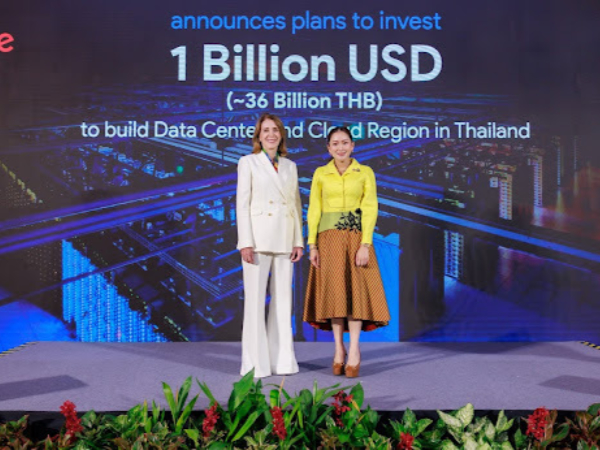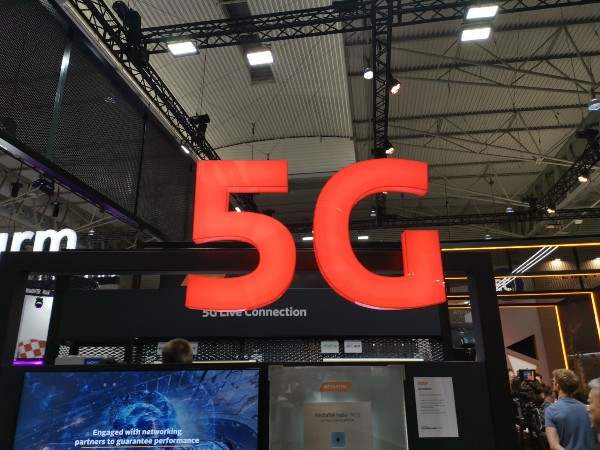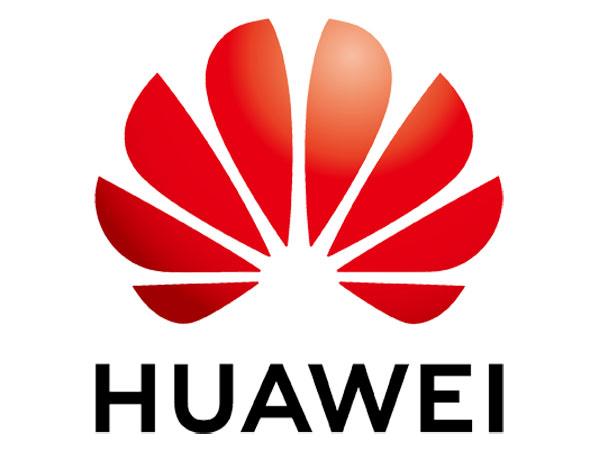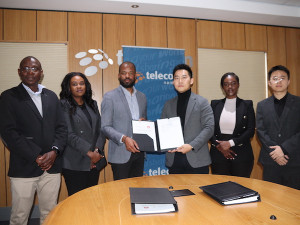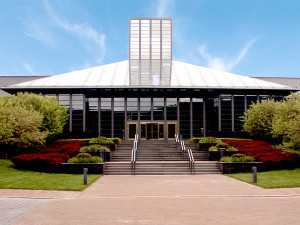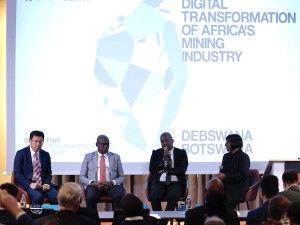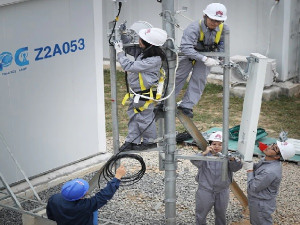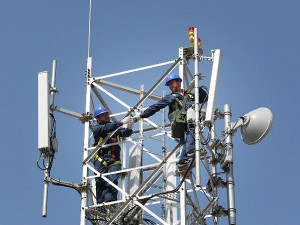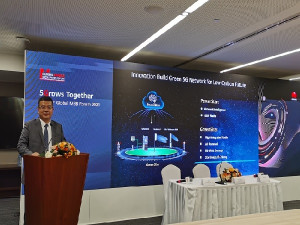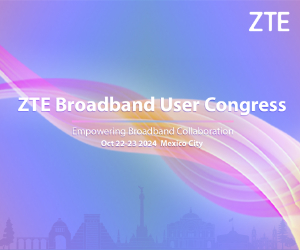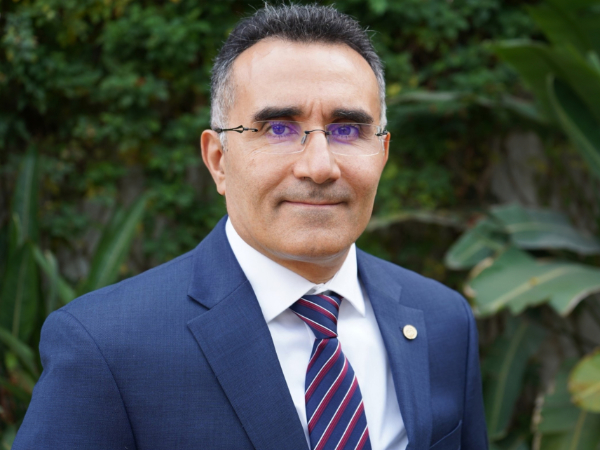How do you streamline the upgrade to integrated networks to allow for quick 5G deployment? A new approach from Huawei may have some of the answers.
Operators need to act quickly and efficiently to meet current demand, while ensuring networks are flexible and adaptive to rise to the challenges 5G will bring. That is why Huawei has introduced SingleRAN Pro.
SingleRAN Pro aims to streamline the upgrade to integrated networks to allow for quick 5G deployment in three ways. Firstly, there’s the simplified sites concept. This makes construction far less complex and brings down the total costs of operation.
For large outdoor sites, Huawei’s Super Blade Site solution allows for larger-bandwidth, multi-channel 5G base stations which can be lighter and smaller in size, while delivering a larger capacity. It uses a 1+1 antenna to lay the foundations for 5G development and an outdoor modular design ideal for greenfield macro sites, rooftops, and new poles.
For smaller indoor cells, there is also the 5G LampSite which uses digital indoor system (DIS) architecture for faster cell deployment.
The second area of innovation is in simplified networks,where CloudAIR, SuperBAND and Massive MIMO will simplify full-service 4G network construction and commercial 5G deployment to offer combined 4G and 5G networks over the next decade.
Thirdly, Huawei will focus on simplified operations and maintenance.There are five levels of mobile network automation. The current technology is at around Level 2 and is expected to graduate to Level 3 by 2022. Huawei's MBB Automation Engine (MAE) and super base stations aim to support this automation and make network maintenance more application-focused, automatically encapsulating complex content such as network configurations, optimization and maintenance, boosting efficiency, service provision and network performance.
SingleRAN Pro also makes 5G networks more open and agile for future success, firstly via what the company calls ‘open sites’: Huawei plans to share its design standards for interfaces, heat dissipation and traditional site weights to third parties – such as lamp pole suppliers, tower companies and the public sector. These groups can then design their own services based on the standards. This will allow for scheduled resource use, resulting in reduced site costs. Open sites will also have access to social resources through the re-use of existing sites, such as wooden poles.
‘Open networks’ is another focus. Huawei released its three-layer automation architecture at the 2018 Global Mobile Broadband Forum, opening up APIs to operators and third parties. Operators can then customize the APIs based on their own service workflows to manage their networks more efficiently and with more flexibility.
Finally, there is the ‘open ecosystems’ approach.Huawei Wireless X Labs and OpenLab are cooperating with global industry partners to explore future opportunities in device-pipe-cloud coordination. Huawei aims to help solve Cloud VR infrastructure and WAN adaptation issues by offering developers a free Cloud VR development suite and connection service, and by supporting a developer community. In this way, developers can migrate their VR service from local servers to the cloud.
Huawei is undoubtedly putting its weight behind its 5G products and services; it has already hosted a Cloud VR roadshow throughout China and has held a 5G Cloud VR developer marathon in Europe to share its 5G experience with industry partners.


